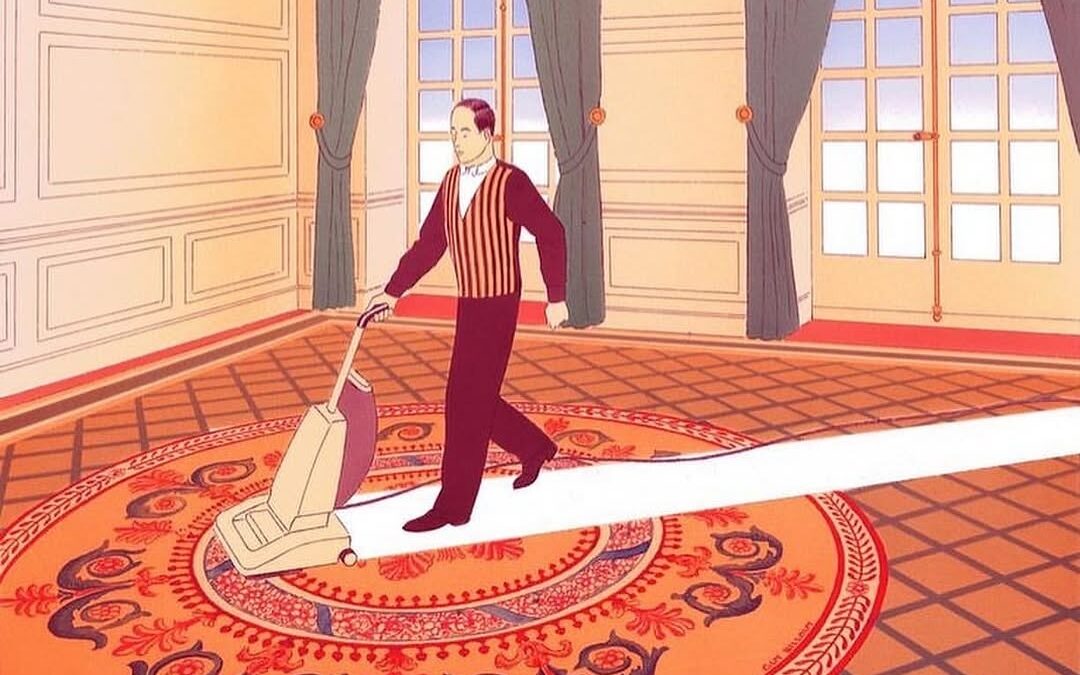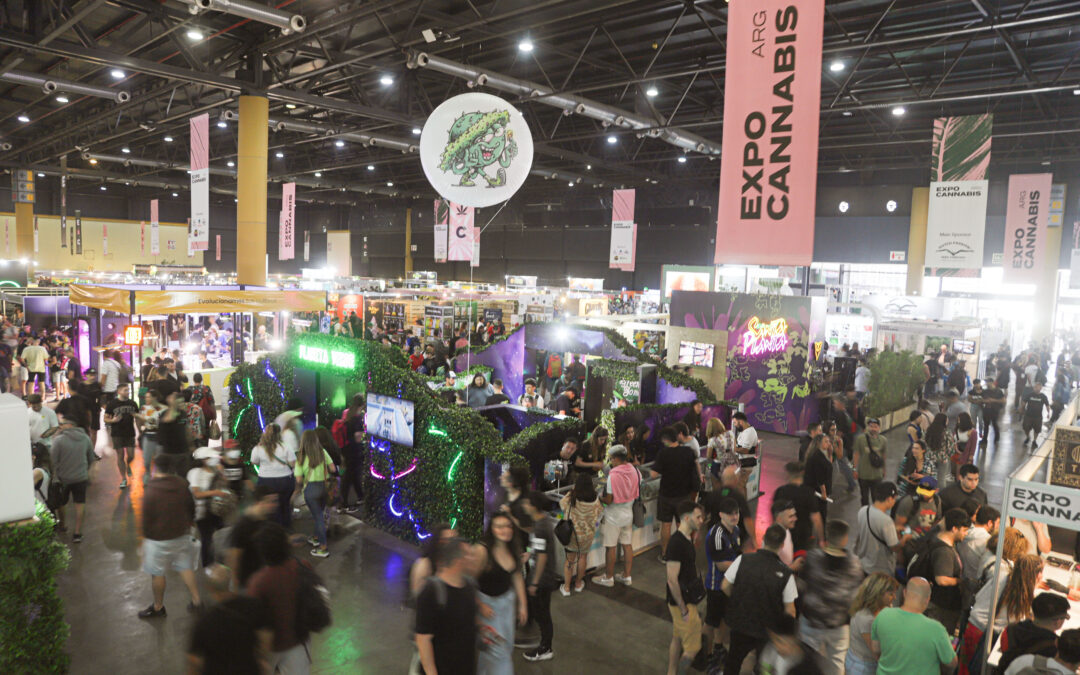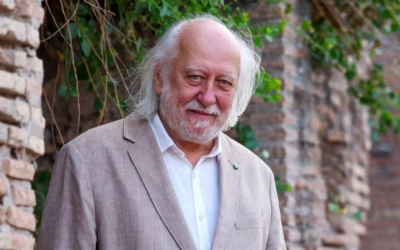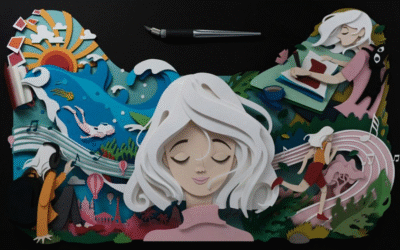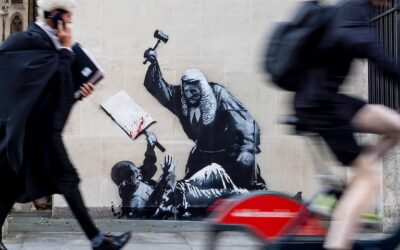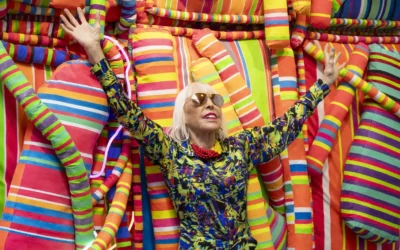The doors of the Museum of Jewish Tolerance in Moscow swung wide open, and I, Claire Wooden, the passionate art chronicler, couldn’t resist the invitation to this exhilarating visual dialogue that transcends borders and eras.
The “Andy Warhol and Russian Painters” exhibition promised to be a journey through generations, an encounter between the master of pop art and the talented Russian artists. My heart raced with anticipation as I ventured into this unique experience.
From the very first moment, I found myself face-to-face with Warhol’s iconic Campbell’s soup cans, timeless symbols of pop culture. Right next to them, Daria Krótova’s “Poor Russian Pop” series challenged visitors with her crumpled soup cans on craft paper, making a statement about consumerism and mass culture in an ever-changing world.

The exhibition is divided into thematic sections that explore topics such as “Glamour,” “I am my own brand,” “Shopping,” “How Andy became Warhol,” “Environment,” “Money,” “Monroe,” “Glory,” and “Memento mori.” Each section reveals fascinating aspects of Warhol’s art and its interaction with Russian artists over decades.
Warhol’s self-portraits immersed me in a profound reflection on identity, while his “Mao Zedong” and “Money” series made me question the relationship between power and wealth. The “Marilyn Monroe” series intertwined intriguingly with the works of the Russian artist Vladislav Mámishev-Monroe, who pushed the boundaries of identity and gender.

But the most striking was Warhol’s “Three Dollar Bills” series, which engaged in a dialogue with unique pieces by Russian artists. Olga Tobreluts presented a holographic golden balloon that sprouted thorns when viewed from certain angles, a visual representation of the complexity of money. Oleg Semiónovij, with a touch of irony, used his own hair, cut on an auspicious day according to the lunar calendar, to form the word “money” and the ruble monogram.
In the words of the curator, Yana Zvenigoródskaya, this exhibition not only compares two eras and mentalities but also aims to make visitors feel the environment in which pop art was born. And I can confirm that it does so masterfully. The exhibition is a reminder that art is a universal language that transcends barriers and eras.
With every step I took in this exhibition, I could feel the heartbeat of contemporary art and the history of a nation. It is a dialogue that will not cease in a year or even in ten. It will continue as long as we exist, resonating in the minds and hearts of those who embark on this journey through time and space. If you ever have the opportunity, do not miss visiting this unique exhibition that connects Warhol with the Russian soul in a way that only art can achieve.



